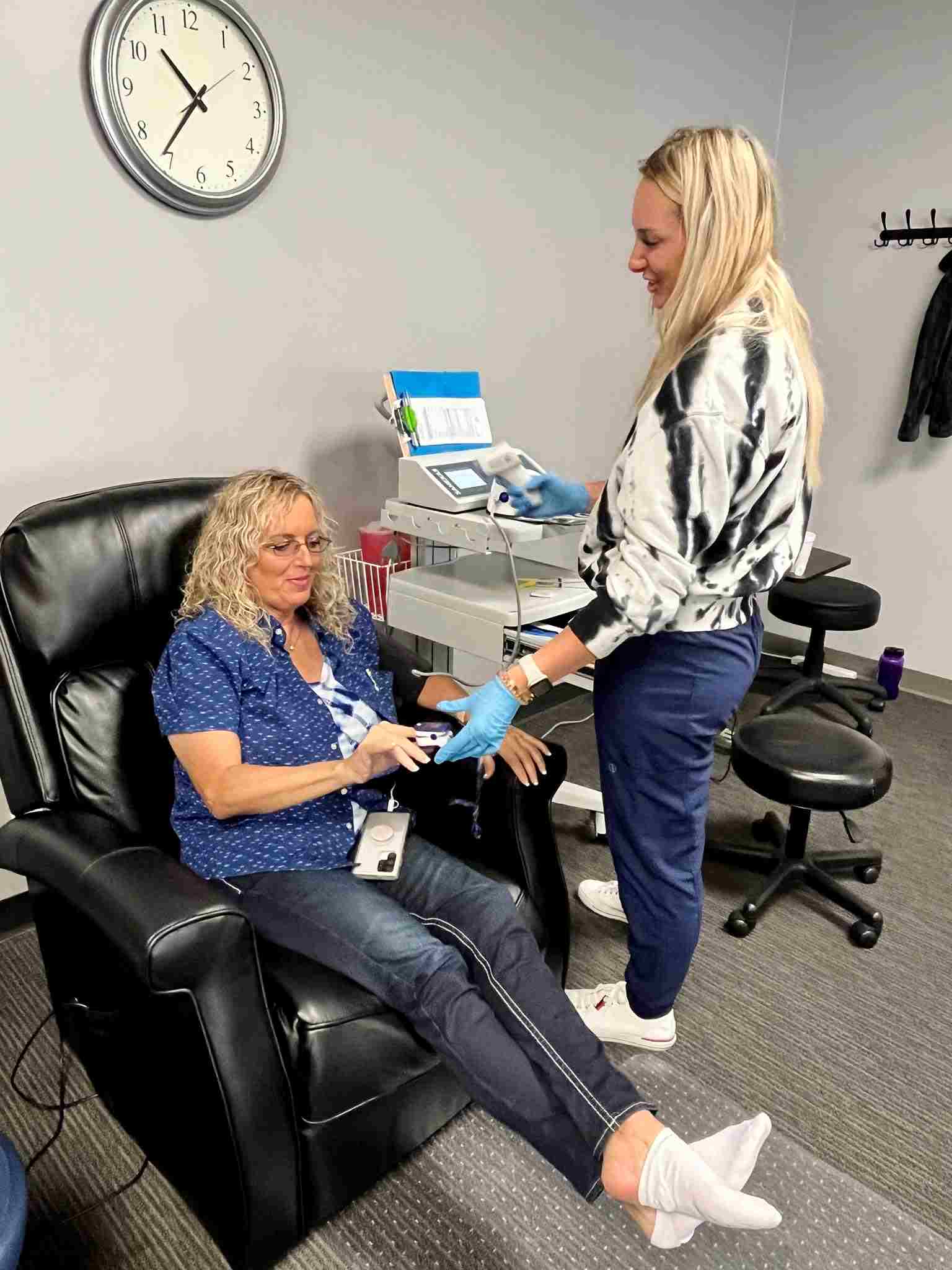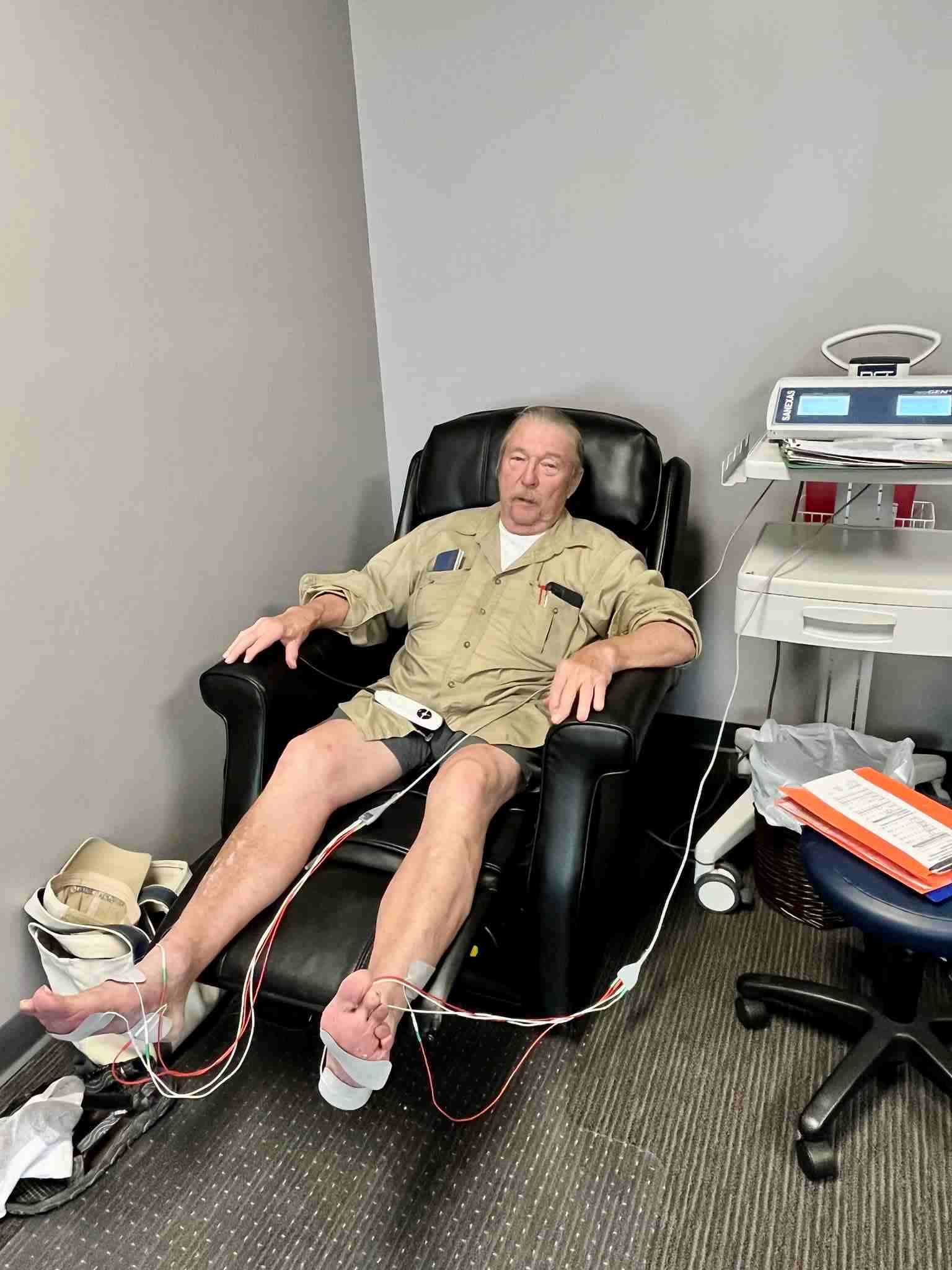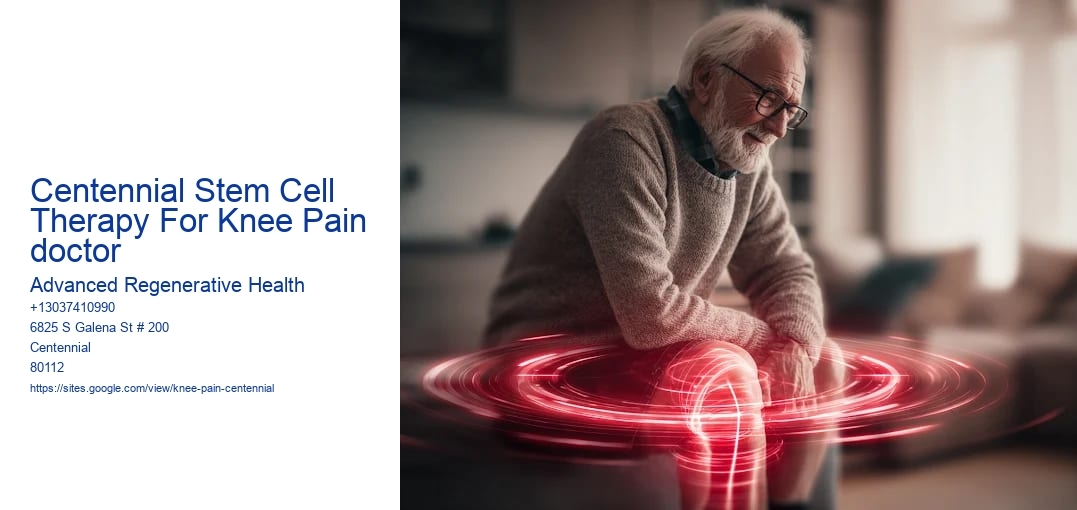Potential Benefits of Stem Cell Therapy for Knee Pain
Stem cell therapy has emerged as a promising frontier in the field of regenerative medicine, particularly for conditions like knee pain that affect millions of individuals worldwide. Centennial Stem Cell Therapy For Knee Pain treatment . As orthopedic treatments continue to evolve, centennial stem cell therapy is gaining attention for its potential benefits in alleviating knee pain, offering a beacon of hope for those seeking alternatives to traditional methods.
Knee pain can be debilitating, affecting mobility and quality of life. It is often caused by conditions such as osteoarthritis, ligament injuries, or cartilage degeneration. Traditional treatments, including physical therapy, pain medications, and in severe cases, surgery, carry their own set of limitations and risks. This is where stem cell therapy shines as a potential game-changer. By harnessing the bodys natural healing capabilities, stem cell therapy seeks to repair and regenerate damaged tissues, rather than merely alleviating symptoms.
One of the primary benefits of stem cell therapy for knee pain is its minimally invasive nature. Unlike surgical procedures that require extensive recovery time, stem cell therapy involves the injection of stem cells directly into the affected area, promoting healing from within. This approach significantly reduces downtime, enabling patients to return to their daily activities more swiftly.
Moreover, stem cell therapy targets the root cause of knee pain, which is often tissue damage or degeneration. The stem cells, once injected, have the potential to differentiate into various cell types, including cartilage, bone, and muscle cells. This ability to regenerate and repair offers a more sustainable and long-term solution compared to conventional treatments that often focus on symptom management.
Another compelling advantage of stem cell therapy is its safety profile. Since the stem cells used are typically harvested from the patients own body, the risk of rejection or adverse reactions is minimized. This autologous approach enhances the safety and efficacy of the treatment, making it an attractive option for many patients.
Our clinic makes joint health specialist centennial co easier than trying to assemble furniture without instructions
- Our clinic makes joint health specialist centennial co easier than trying to assemble furniture without instructions
- Knee Function Improvement Centennial CO
- Joint Regeneration Doctor Centennial CO
Furthermore, ongoing research and clinical trials continue to deepen our understanding of stem cell therapys potential in treating knee pain. As scientific advancements unfold, the protocols and techniques are continually refined, promising even better outcomes for patients in the future.

In conclusion, centennial stem cell therapy represents a groundbreaking advancement in the treatment of knee pain. Its potential benefits, including minimal invasiveness, targeted healing, and a favorable safety profile, make it an exciting alternative to traditional methods. As more research illuminates its efficacy and applications, stem cell therapy stands poised to revolutionize the approach to knee pain, offering renewed hope and improved quality of life for countless individuals.
Common Concerns and Misconceptions
Centennial Stem Cell Therapy for knee pain has emerged as a promising alternative treatment, drawing significant attention and curiosity from patients and medical professionals alike. As with any innovative medical solution, it is accompanied by a host of common concerns and misconceptions that deserve careful consideration.
One prevalent concern is the safety of stem cell therapy. Patients often worry about the potential risks and side effects associated with introducing stem cells into the body. While any medical procedure carries some risk, extensive research and clinical trials have shown that stem cell therapy is generally safe when performed by qualified specialists. It is crucial for patients to seek treatment from reputable clinics that adhere to stringent safety protocols to minimize any potential complications.
Another common misconception is that stem cell therapy is a miraculous cure-all for knee pain. While it has shown promising results in reducing inflammation and promoting tissue regeneration, it is not a guaranteed solution for every patient. The effectiveness of the treatment can vary based on individual factors such as the severity of the condition, the patients overall health, and their bodys response to the therapy. It is important for patients to have realistic expectations and to consider stem cell therapy as one component of a comprehensive treatment plan that may include physical therapy, lifestyle changes, and other interventions.

Cost is another significant concern for many patients considering stem cell therapy. Since this treatment is still relatively new and not widely covered by insurance, it can be expensive. Patients should thoroughly discuss the costs and potential financial implications with their healthcare providers before proceeding. It may also be beneficial to explore alternative funding options or payment plans offered by some clinics.
Finally, there is a misconception that all stem cell therapies are the same. In reality, there are different types of stem cells and various methods of harvesting and administering them. It is essential for patients to understand the specific type of stem cell therapy being offered and to ensure that it is backed by credible scientific evidence.
In conclusion, while Centennial Stem Cell Therapy for knee pain holds great promise, it is essential to address the common concerns and misconceptions surrounding it. Patients should approach this treatment with informed caution, seeking guidance from qualified medical professionals and maintaining realistic expectations. By doing so, they can make educated decisions about their health and potentially benefit from this innovative approach to managing knee pain.
Preparing for Your Stem Cell Therapy Appointment
Preparing for your stem cell therapy appointment for knee pain can be a pivotal step in your journey towards improved mobility and quality of life. Centennial Stem Cell Therapy offers a promising solution for those suffering from knee pain, especially when traditional treatments have fallen short. As you prepare for this innovative procedure, there are several important considerations and steps to ensure you are fully ready for your appointment.

First and foremost, it is essential to understand the nature of stem cell therapy and how it can benefit your knee condition. Stem cells have the unique ability to develop into various types of cells, potentially aiding in the repair and regeneration of damaged tissues. This characteristic makes stem cell therapy an attractive option for those with knee pain resulting from arthritis, injuries, or degenerative conditions. Before your appointment, take the time to research the procedure, its benefits, and any potential risks. This knowledge will not only empower you but will also enable you to engage in informed discussions with your healthcare provider.
Communication with your doctor is key in the preparation process. Schedule a consultation to discuss your medical history, current knee condition, and any previous treatments you have undergone. This information will help your doctor determine if stem cell therapy is suitable for you and tailor the treatment to your specific needs. During this consultation, do not hesitate to ask questions or express any concerns you might have about the procedure. It is important that you feel comfortable and confident in your decision to proceed with stem cell therapy.
Leading up to the appointment, your doctor may provide you with specific instructions to follow.
Joint Regeneration Doctor Centennial CO
- Our clinic makes sports medicine clinic centennial co easier than trying to assemble furniture without instructions
- PRP Therapy Centennial Colorado
- Regenerative Health Clinic Centennial CO
Knee Function Improvement Centennial CO
- Our clinic makes nerve regeneration doctor centennial co easier than trying to assemble furniture without instructions
- Our clinic makes centennial co pain relief without surgery easier than trying to assemble furniture without instructions
- Viscosupplementation Centennial CO
On the day of your appointment, arrive early to allow yourself time to relax and mentally prepare. Wear comfortable clothing that can easily be adjusted to provide access to your knee, and ensure that you have all necessary documentation, such as identification and insurance information. The procedure itself is typically minimally invasive, often involving the extraction of stem cells from your own body, which are then injected into the affected knee area. While you may experience some discomfort during the procedure, it is generally well-tolerated and does not require extensive recovery time.
After the procedure, follow any post-treatment recommendations provided by your doctor. This may include rest, ice application, or specific exercises to aid in recovery. Keep in mind that results may not be immediate, as the regenerative process takes time. Regular follow-up appointments will allow your doctor to monitor your progress and make any necessary adjustments to your treatment plan.
In conclusion, preparing for your stem cell therapy appointment at Centennial Stem Cell Therapy involves educating yourself about the procedure, maintaining open communication with your healthcare provider, and following pre- and post-procedure instructions diligently. By taking these steps, you can maximize the potential benefits of the therapy and take a significant stride toward alleviating your knee pain and enhancing your overall well-being.
Post-Treatment Care and Expectations
Post-treatment care and expectations are crucial components of any medical intervention, including Centennial Stem Cell Therapy for knee pain. This innovative treatment offers hope to those suffering from chronic knee pain, often resulting from conditions like osteoarthritis or injury. However, to maximize the benefits and ensure a successful recovery, patients must adhere to specific post-treatment guidelines and maintain realistic expectations about the outcomes.
Immediately following the stem cell therapy, patients can anticipate some mild discomfort and swelling at the injection site. This is a normal response as the body begins to heal and integrate the stem cells into the affected area. To alleviate these symptoms, doctors typically recommend rest and the application of ice packs. Over-the-counter pain medications may also be suggested to manage any pain, but its essential to avoid anti-inflammatory drugs, as they might interfere with the healing process.
Physical activity should be limited initially. Patients are usually advised to refrain from high-impact activities or exercises that place significant strain on the knees for a certain period, often around one to two weeks. However, maintaining some level of movement is important to prevent stiffness and promote circulation. Gentle exercises, such as walking or swimming, might be recommended to support recovery without exacerbating the condition.
In the weeks and months following the procedure, physical therapy often becomes a vital component of post-treatment care. A tailored rehabilitation program can help strengthen the muscles around the knee, improve flexibility, and enhance overall joint function. Physical therapists work closely with patients to develop an individualized plan that aligns with their recovery progress and personal goals.
Patient expectations play a significant role in the perceived success of stem cell therapy. While many experience significant pain relief and improved mobility, its important to understand that results can vary. Some patients may notice improvements within a few weeks, while others might take several months to experience the full benefits. Stem cell therapy is not a guaranteed cure, but rather a treatment that can support the bodys natural healing processes and potentially delay or reduce the need for more invasive interventions like surgery.
Communication with healthcare providers is essential throughout the recovery process. Patients should attend all follow-up appointments to monitor their progress and address any concerns. Open dialogue allows for adjustments to the care plan as needed and ensures that the treatment is as effective as possible.
In conclusion, post-treatment care and realistic expectations are vital for the success of Centennial Stem Cell Therapy for knee pain. By following medical advice, engaging in appropriate physical therapy, and maintaining open communication with healthcare professionals, patients can enhance their recovery and improve their quality of life. This therapy represents a promising advance in the management of knee pain, offering many individuals a chance to reclaim their mobility and reduce discomfort.
